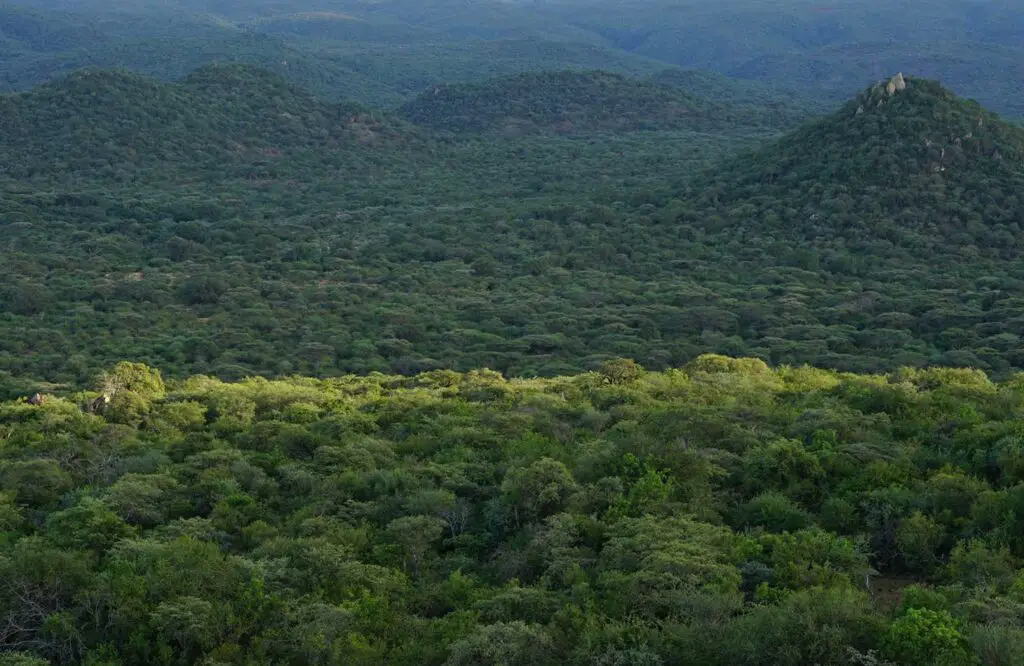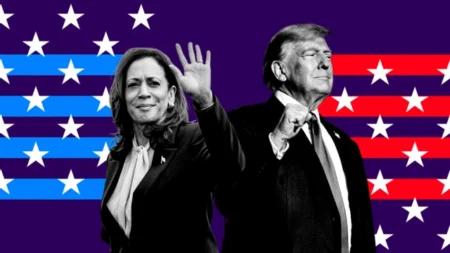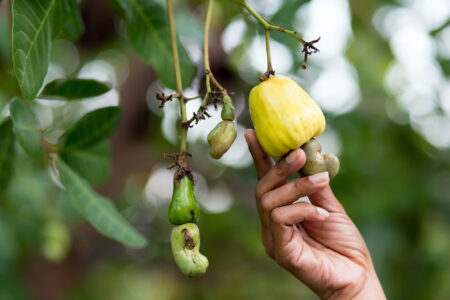- Carbon, one of the destructive gas causing climate change, is now a source of investment, widely known as carbon trading.
- Carbon trading—producing and selling carbon offsets is becoming a new, lucrative, and transformative business in Tanzania.
- Modern technology offers a vantage point for developing economies to leverage challenges into opportunities, and carbon trading investment could levitate the economy of Tanzania higher.
The modern world has proven sophisticated enough. The human race has found a way to benefit from one of the greenhouse gases (GHG) responsible for global warming, carbon dioxide. As such, Carbon, one of the destructive gas causing climate change, is now a source of investment, widely known as carbon trading.
During the 27 Conference of Parties of the United Nations Convention on Climate Change (UNFCCC) held in Sharm El-Sheikh in November 2022, carbon credit markets accelerated climate action and striking investment into transformative economic action in African nations.
Therefore, carbon trading—producing and selling carbon offsets is becoming a new, lucrative, and transformative business in Tanzania. Consequently, at least 20 companies have ventured into climate action-inspired business, pouring over $20 billion worth of investment.
“We need to establish further cooperation between Tanzania and carbon credit investors and partners for our economy and future generations,” Minister of State in the Vice President’s Office (Union and Environment) Selemani Jafo commented during a carbon market dialogue on July 16, 2022.
Why the carbon market matters
The word climate change commands attention and echoes mitigation across many governments. Thus, as GHG emissions rise from various sectors, efforts to combat them have become essential and increasingly demanded worldwide.
“Scientists warn 2C of warming will be exceeded during the 21 century unless we achieve deep reductions in GHG emission now,” Intergovernmental Panel on Climate Change (IPCC) report said. Nationally Determined Contributions (NDCs) as climate action instruments for cutting emissions and adaptation require strategic methods to be realized, and carbon finance is one of them.
Moreover, the interest in carbon markets is expanding 83 percent of NDCs requiring international market mechanisms to reduce GHG emissions. Within Tanzania, carbon trading accelerates its NDCs’ success by reducing 30 to 35 percent of GHG emissions by 2030.
The entire carbon market landscape is broken into two. First, compliance markets emerge with national, regional, and/or international policy or regulatory requirements. Voluntary carbon markets – national and international – refer to the issuance, buying, and selling of carbon credits voluntarily.
Climate experts have projected that carbon offsets will address climate change effects over time. One carbon offset, equal to one metric ton of carbon or other GHG, costs $65.
“The current supply of voluntary carbon credits comes mostly from private entities that develop carbon projects, or governments that develop programs certified by carbon standards that generate emission reductions and/or removals. Demand comes from private individuals that want to compensate for their carbon footprints, corporations with corporate sustainability targets, and other actors aiming to trade credits at a higher price to make a profit,” United Nations Development Programme report commented in part.
What do carbon market numbers say
Significantly, the carbon market exhibits a healthy trajectory in terms of numbers. The African Carbon Markets Initiative (ACMI) –an instrument intended to realize the region’s carbon credits and achieve green economic growth was the key outcome of COP27.
According to Lexology, a global research platform, the ACMI sets the ambitious goal of transforming Africa into a thriving carbon market to produce 300 million carbon credits annually and $6 billion in revenue by 2030, and 1.5 billion carbon credits and $129 billion in revenue annually by 2050.
Furthermore, in 2021 the value of regulated carbon markets grew by 164 percent globally to a record of $851 billion. Meanwhile, in 2022, the value of the global carbon market soared by 13.5 per cent to a record high of around $972 billion. Consequently, Tanzania’s current ambition to bank in all sorts of carbon trading investment sounds like a solid plan to maximize its NDCs outcomes and reap benefits.
READ: Africa’s carbon credit market
Tanzania’s carbon market
As a new honey pot, various stakeholders, including environmental activists, climate change advocates, brought their two cents. Mohammed Kimwery, a communications and campaign coordinator for Nipe Fagio, a youth-led environmental NGO based in Tanzania, pointed out the significance of carbon market domestication in Tanzania.
“The country’s high economic growth over the last decades has prompted an increased usage of motorized transport facilities which rely on fossil fuels. Consequently, the sector contributes to total national greenhouse gas emissions and thus creating an opportunity to minimize these through carbon trading projects,” Kimwery told The Exchange.
In translating the latter, Tanzania is embarking on the carbon trade journey with a bang. In May 2023, the government and foreign investors signed a Memorandum of Understanding (MoU) regarding carbon credit business.
Tanzania Wildlife Management Authority (Tawa) and GreenCop Development PTE Limited, a Singapore-based company, entered an MoU.
“The MoU represents the first and largest carbon offset project in Africa. The size and importance amplify Tanzania’s potential in forestry and wildlife conservation,” Jean-Jacques Coppe, Greencop Development PTE Ltd chief executive director, said.
According to information from The Citizen, the signing of the MoU targets Tanzania’s largest carbon offset project via the conservation and restoration of the Selous, Msanjesi, and Kilombero Game Reserve ecosystems.
Ghaamid Abdulbasat, climate activist and member of UN International Advisory Committee on behalf of young people in Africa and the world to implement the Nagoya Protocol of the United Nations Convention on Biodiversity and Environment, said the nexus between policies, biodiversity and people must be stabilised within carbon trading.
“It is not only a matter of carbon outcomes, there should be a balance of food security and biodiversity. More importantly, transparency is essential across the line as lofty carbon projects could trigger the uneven spread of resources” he added.
Further down the line, apart from protecting nature and the environment and addressing the challenge of climate change, the carbon market project will also generate financial and economic benefits for the local communities by selling carbon credits on the international voluntary carbon market.
Healthy Prospects for Tanzania’s carbon market
The value of such projects lies in the benefits it holds. Available information points out that the sale of such credits will generate additional financing to support sustainable development locally. Another success mark in the carbon credits took charge in December 2022. Eight villages in Tanzania (Katavi Region) benefited from $1.72 million in carbon sales.
The carbon trading landscape is gaining traction at a healthy rate in Tanzania. During a high-level inter-ministerial dialogue on carbon trading in Tanzania, Minister Jafo commented that an uprise of carbon trade came to life in 2022, soon after adopting regulations and guidelines.
Tanzania drew more than $1 billion, which will come through annually through carbon trading across the nation. The success is coupled with the establishment of the National Carbon Monitoring Centre.
Modern technology offers a vantage point for developing economies to leverage challenges into opportunities, and carbon trading investment could levitate the economy of Tanzania higher.











